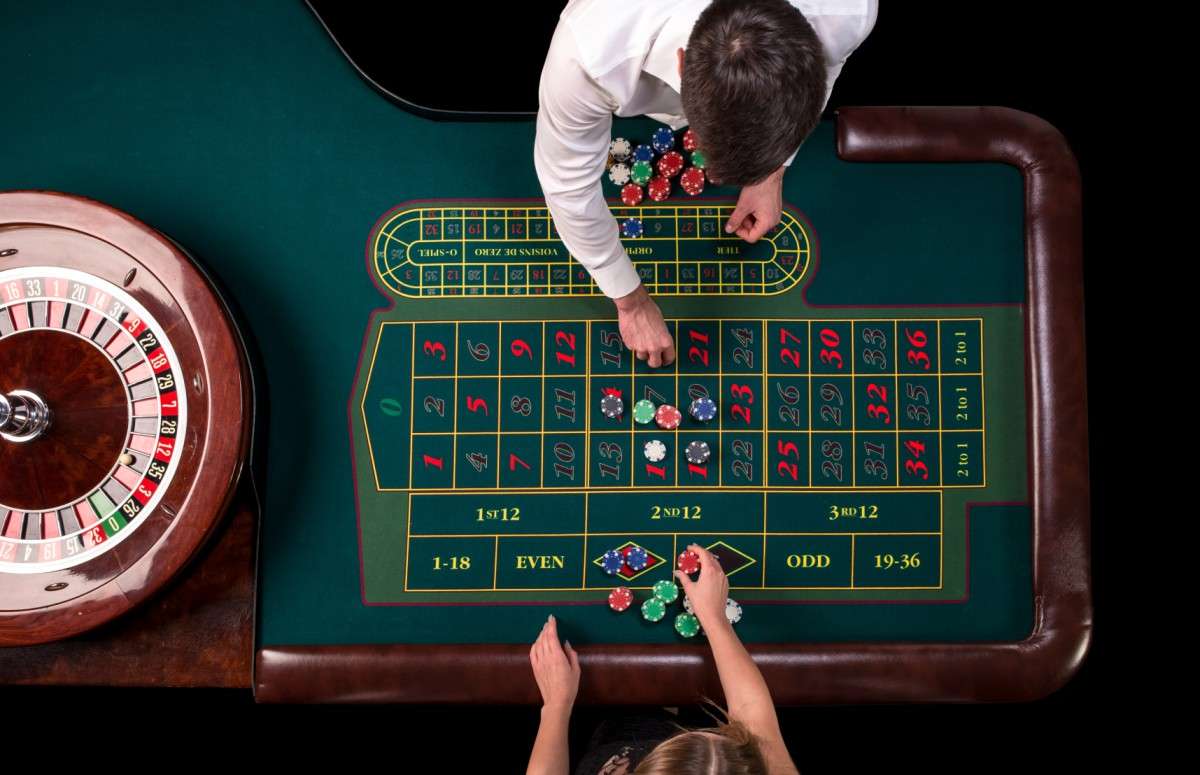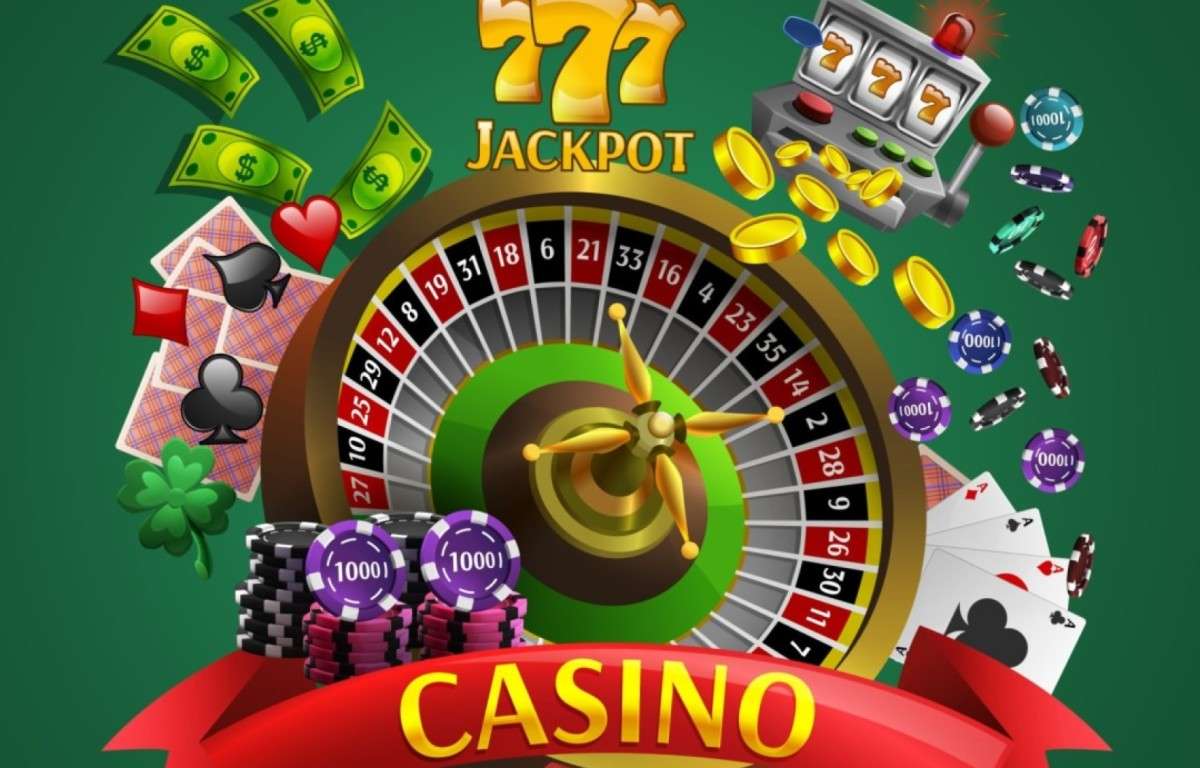Roulette is a game of chance, but with the right strategies, you can improve your odds. This blog explores popular roulette strategies like the Martingale, Fibonacci, and Labouchère systems, offering insights into when and how to apply them effectively.
Roulette has long been one of the most popular and exciting games in the casino world. It’s a game of chance, but that doesn’t mean you can’t improve your odds by using specific strategies. While no strategy guarantees a win every time, understanding how roulette works and applying the right tactics can increase your chances of success. Here’s a comprehensive guide to some of the best roulette strategies that can help you make the most of your gameplay.
1. Understand the Basics of Roulette
Before diving into strategies, it’s important to understand the basic structure of the roulette game. Roulette involves a spinning wheel with numbered slots, alternating between red and black, and a green slot for zero (and double zero in American roulette). The objective is to predict where the ball will land after the wheel is spun. You can bet on a single number, groups of numbers, colors, or other combinations.
- European Roulette: This version has 37 slots (1-36 and a single zero) and offers a better chance of winning due to a lower house edge of 2.7%.
- American Roulette: With 38 slots (1-36, a single zero, and a double zero), American roulette has a higher house edge of 5.26%, making it slightly less favorable for players.
2. The Martingale Strategy
The Martingale is one of the most well-known and widely used roulette strategies. It’s simple and works on the principle of doubling your bet after every loss.
How it works:
- Place a bet on an even-money option, such as red/black or odd/even.
- If you lose, double your bet on the same option.
- Continue doubling your bet until you win, then return to your original bet size.
Pros:
- A win eventually covers all your previous losses and provides a profit equal to your original bet.
- Best used for players with a large bankroll.
Cons:
- This strategy can lead to significant losses if you encounter a long losing streak.
- Some casinos have table limits, which could prevent you from doubling indefinitely.
3. The Reverse Martingale (Paroli System)
The Reverse Martingale is the opposite of the Martingale strategy. Instead of doubling after losses, you double your bet after each win.
How it works:
- Start with a small bet on an even-money option.
- After each win, double your bet. After a loss, return to your original bet size.
- Set a winning goal and stop doubling once you reach it.
Pros:
- Maximizes profit during winning streaks and limits losses during losing streaks.
- Safer than the traditional Martingale as you’re doubling only when you’re winning.
Cons:
- You could lose your profits if a losing bet comes after a win.
- Winning streaks aren’t guaranteed, so this strategy can be risky.
4. The D’Alembert Strategy
The D’Alembert strategy is less aggressive than the Martingale and involves increasing your bet by one unit after a loss and decreasing by one unit after a win. It’s ideal for players who prefer a more gradual progression.
How it works:
- Start by placing a bet on an even-money option.
- If you lose, increase your next bet by one unit.
- If you win, decrease your next bet by one unit.
- Continue this cycle until you’re satisfied with your profits.
Pros:
- Safer than the Martingale, as you’re not doubling your bet after every loss.
- Gradual progression helps protect your bankroll.
Cons:
You could face a long string of losses, making it harder to return to your starting position.exciting layer of strategy to Blackjack Switch, making it a favorite among players who love the thrill of making smart decisions. The game’s rules, such as the push on a dealer 22, add unique twists that keep the gameplay engaging and different from traditional blackjack.


5. The Fibonacci Strategy
The Fibonacci strategy is based on the famous Fibonacci sequence (1, 1, 2, 3, 5, 8, 13, and so on), where each number is the sum of the two preceding ones. This strategy involves increasing your bet according to the Fibonacci sequence after a loss.
How it works:
- Start with a small bet on an even-money option.
- After each loss, move to the next number in the Fibonacci sequence for your next bet.
- After each win, move back two steps in the sequence.
Pros:
- Slower progression compared to the Martingale, so it’s less risky.
- You can recover losses more steadily over time.
Cons:
- You can still encounter a long losing streak, which can eat into your bankroll.
- Reaching the higher numbers in the sequence requires a large bankroll.
6. The James Bond Strategy
The James Bond strategy is for those who prefer a more diverse approach. It requires a larger starting bankroll, as you’ll cover multiple sections of the roulette wheel.
How it works:
- For each round, bet a total of $200 as follows:
- $140 on the high numbers (19-36).
- $50 on the numbers 13-18.
- $10 on zero (to cover the possibility of hitting the green).
- If the ball lands on 19-36, you win $80. If it lands on 13-18, you win $100. If it lands on zero, you win $160.
Pros:
- Covers a large portion of the roulette wheel, increasing your chances of winning each round.
- Can generate decent profits if used correctly.
Cons:
- Requires a higher initial investment.
- Doesn’t cover low numbers (1-12), so there’s still a significant risk.
7. The Labouchere System
The Labouchere system is a cancellation strategy that involves crossing off numbers in a sequence after each win. This strategy requires careful planning and discipline.
How it works:
- Create a sequence of numbers that adds up to your desired win amount (e.g., 1-2-3-4-5).
- Place a bet equal to the sum of the first and last numbers in the sequence.
- If you win, cross off the two numbers and continue.
- If you lose, add the amount lost to the end of the sequence.
Pros:
- Allows for more flexible bet sizing compared to other systems.
- You can stop once you complete your sequence.
Cons:
- A long losing streak can extend the sequence, making it harder to recover.
- Requires more mental tracking and attention compared to other strategies.
8. Set a Budget and Stick to It
One of the most important strategies in any casino game is to manage your bankroll. Roulette, while thrilling, can lead to significant losses if you don’t set limits. Decide on a budget before you start playing and stick to it. Walking away with a profit or minimal losses is always better than chasing after lost bets.
9. Betting on Outside Bets
If you prefer to play it safe, focus on outside bets such as red/black, odd/even, or high/low. These bets have close to a 50% chance of winning (in European roulette) and allow for more consistent, smaller wins over time.
Pros:
- Lower risk compared to betting on specific numbers.
- Higher probability of winning in each round.
Cons:
- Payouts are smaller (1:1), so you won’t see massive wins with this strategy.
Conclusion: Play Smart and Know Your Limits
While no roulette strategy guarantees a win, using the right approach based on your play style, bankroll, and risk tolerance can improve your chances of success. Whether you’re playing with a cautious, slow-burning strategy like the D’Alembert or trying out high-risk options like the James Bond system, the key is to play smart and know when to walk away.
Remember, roulette is ultimately a game of chance, and while strategies can help manage your bets and improve your odds, there’s always an element of luck involved. Enjoy the thrill, but always gamble responsibly.




